A call for “healthy debate” on how to regulate remote driving has been made, with the AA claiming “extensive testing” will be required to keep roads safe.
Remote driving technology is already in use in controlled environments such as warehouses, farms and mines. However, under present road traffic law, there is no express legal requirement for a driver to be within their vehicle.
In January this year the Scottish Law Commission and Law Commission of England and Wales published a joint report with recommendations for regulating the authorisation and use of AVs (automated vehicles) in Scotland, England and Wales.
It said AVs could improve the safety of Scottish roads, reduce congestion, increase accessibility and revolutionise passenger services.
Safe vehicle control from a distance
The Law Commission of England and Wales has now published a paper on how vehicles on public roads could be controlled by an individual who is potentially several miles away.
The UK Government will decide whether or not to accept the recommendations and bring them into effect.
In Scotland, the Law Society says some authorised AVs will be able to drive themselves in certain environments without a user-in-charge (UIC), such as valet parking, taxi, private hire or bus services.
The operation of no-user-in-charge (NUIC) vehicles would be overseen in a remote centre by a licensed operator. NUIC operators would simply need to respond to alerts where the vehicle encountered problems it could not deal with.
Beyond electric: What will the fuels of the future look like?
Safety and connectivity challenges
The Scottish Law Commissions recommends NUIC operators should have systems in place to ensure that their personnel can respond effectively.
However, the current Law Commission of England and Wales paper highlights safety challenges such as the consequences of connectivity between driver and vehicle being lost, how drivers can be aware of a vehicle’s surroundings, and how unauthorised takeover of vehicles can be prevented.
Most drivers just want the basics solved, such as keeping roads pothole-free
Public Law Commissioner Nicholas Paines QC said: “Remote driving technology is already capable of being used on our roads.
“We hope our issues paper can contribute to a healthy debate about the appropriate regulation of this technology and what can be done to maximise protection of road users while encouraging innovation.”
The Commissions’ recommendations say that, governed by the right legal framework, AVs could improve the safety of Scottish roads, reduce congestion, increase accessibility and revolutionise passenger services.
Jack Cousens, head of roads policy for the AA, said remote driving “could see the novelty of controlling a child’s toy evolve into a legal form of transport”.
Public must be part of the conversation
Mr Cousens added: “While trials of remote driving are currently under way in Milton Keynes, extending the capability to potentially allow all drivers to sit miles away and ‘drive’ a car will need extensive testing, tough regulation and a conversation that brings the public along for the journey.
“While not wishing to stand in the way of progress, most drivers just want the basics solved, such as keeping roads pothole-free.”
Full Scottish Government plans for the future of Connected and Autonomous Vehicles (CAV) are available to read here.
For more information on driverless roads in Scotland see lawscot.org.uk
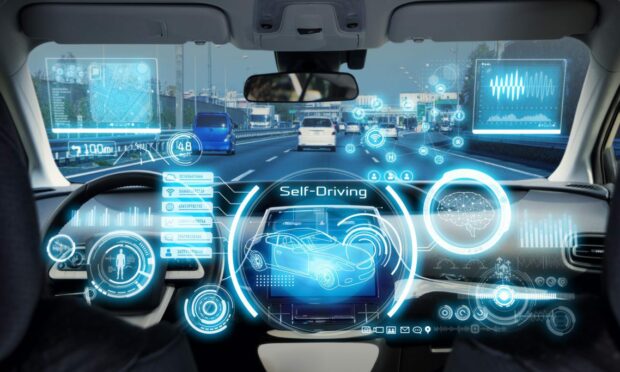
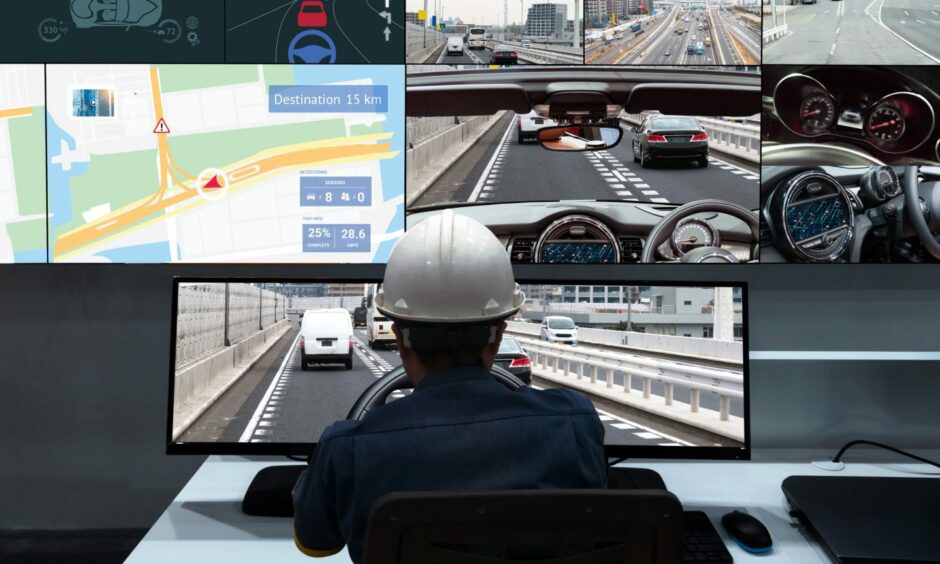
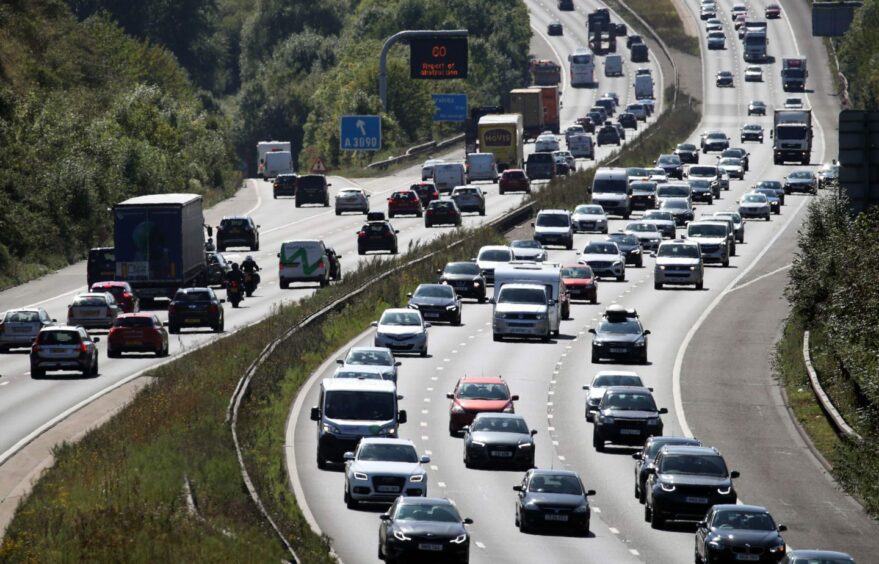





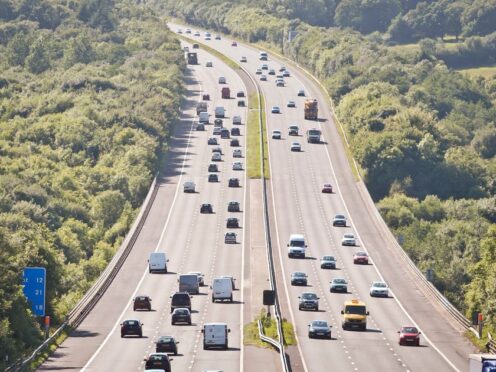
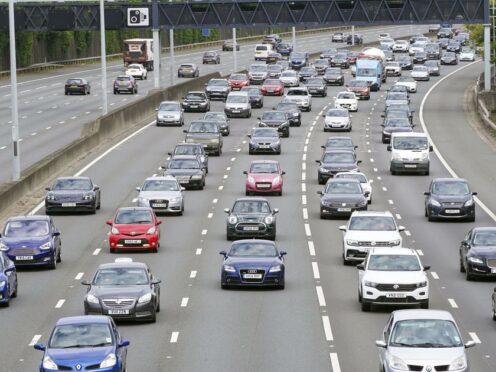
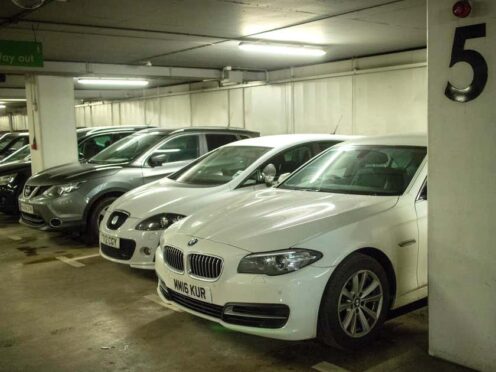

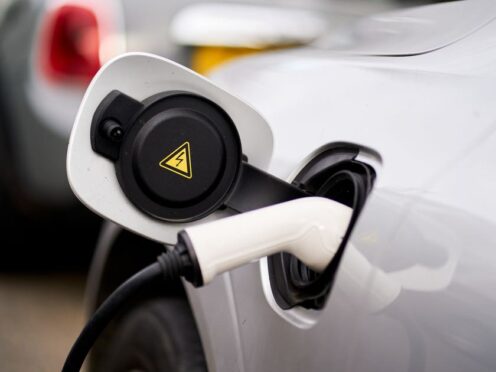
Conversation